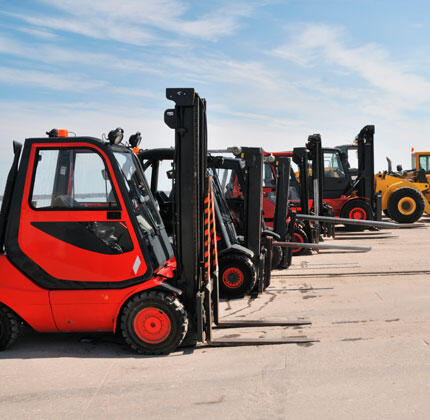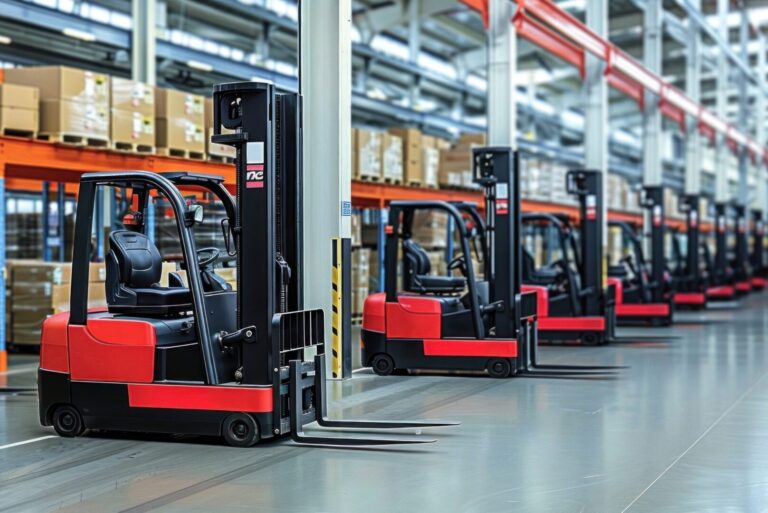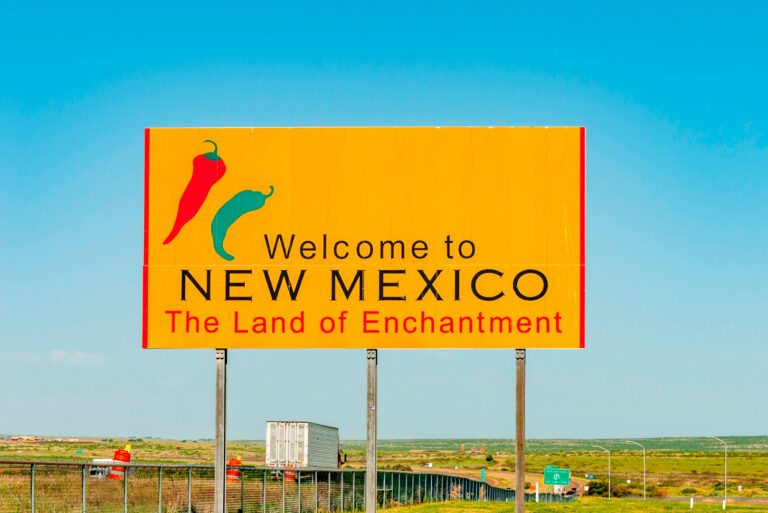California LCFS Explained: Unlocking the Potential of Low Carbon Fuel Standard Credits in California
April 24, 2023
The California Air Resources Board (CARB) released the Low Carbon Fuel Standard (LCFS) in 2009. The program incentivizes reduced carbon emissions from California’s transportation sector by capping the amount of emissions fuel producers can emit and allowing clean energy users to earn credits through their reduced emissions.
This article explains how the LCFS works, how the LCFS impacts California’s transportation sector, and how electric vehicle owners can earn LCFS credits.
The Purpose of the California LCFS
The LCFS was implemented as a method of reducing air pollution and greenhouse gas emissions from California’s transportation sector. On-road travel is the single largest source of carbon emissions in California. Not only is vehicle exhaust a major contributor to climate change, but it also releases smog-forming and other toxic pollutants into California’s air, especially in major metropolitan areas.

- Natural gas
- Electricity
- Hydrogen
- Gasoline with at least 10% corn-derived ethanol
- Biomass-based diesel
- Propane
To support these changes in fuel sources, California has been improving its clean energy infrastructure across the state, with hydrogen and fast-charging electric stations installed between major metropolitan areas that fuel personal vehicles as well as medium- and heavy-duty vehicles (MHDV).
Under this regulation, California aims to reduce state GHG emissions 20% by 2030, and 80% by 2050.
Capping Emissions: How the LCFS Works
The LCFS sets annual standards for gasoline and diesel, assigning each fuel type a carbon-intensity (CI) rating based on the fuel’s complete lifecycle analysis. Fuel producers and importers must reduce the CI rating of their fuels to meet the annual benchmarks through any of the following methods:
- Incorporating fuel blends and alternate energy sources
- Crop-based biofuels
- Cooking oil biodiesel
- Compressed natural gas from landfill emissions
- Adopting fuels with lower CI ratings
- Purchasing Low Carbon Fuel Standard credits to offset their emissions
Every year, the LCFS gradually lowers the accepted CI rating of petroleum-based fuels, resulting in lower carbon emissions from regulated entities. Fuel producers and importers that don’t reduce their CI ratings to keep up with the benchmarks generate deficits, which must be offset by purchasing LCFS credits.
Generating Low Carbon Fuel Standard Credits
To incentivize clean energy usage in California’s transportation industry, the LCFS offers credits to entities that own clean energy or low carbon-fueled vehicles like electric vehicles. Each Low Carbon Fuel Standard credit represents one metric ton of reduced carbon dioxide and can be sold on a market to fuel producers with credit deficits, enabling credit generators to earn additional revenue.
Entities can generate Low Carbon Fuel Standard credits through three different pathways:
- Fuel pathways - Credits are generated by utilizing transportation vehicles with a CI rating lower than that of the benchmark score, such as electricity- or hydrogen-powered vehicles.
- Project-based crediting - Credits can be earned for projects that reduce emissions across the petroleum-fuel supply chain or invest in carbon capture and sequestration.
- Capacity-based crediting - These incentives are aimed at entities that improve the availability of hydrogen and electricity fueling stations across California, which is currently limited, especially for MHDVs.

Fleet owners enrolled in the LCFS must report their reduced emissions on a quarterly basis in order to sell their credits to fuel producers who must offset credit deficits. To ensure their credits are sold, fleet owners can enroll in the LCFS through third-party credit managers like Smart Charging Technologies (SCT). SCT handles the registration and reporting process with the State, the reselling process, and most importantly, all the compliance work, in order to reduce risk to your company.
The Energy Credit Market
LCFS credits can be sold on a state-wide market to fuel producers in a carbon deficit. The price of LCFS credits fluctuates with the supply-and-demand market. Credit generators can review daily updates that inform credit generators on their estimated potential earnings from reselling the LCFS credits.
Credit generators that enroll with aggregators like Smart Charging Technologies can ensure they earn the highest possible price for their credits.
Read more about LCFS credit pricing: Understanding Low Carbon Fuel Standard Credit Prices: What California EV Fleet Owners Need to Know
The Future of California’s Air Quality
The LCFS has been an integral part of California’s transportation industry for over a decade. Since its inception, California has successfully been able to reduce GHG emissions from its transportation sector and meet the targeted benchmarks. As of 2020, low carbon alternatives have displaced over 4.5 billion gallons of petroleum.
The program has sparked the usage of natural gas fueling and electricity in the transportation industry, with natural gas usage increasing 111% from 2011 to 2017. Electric vehicle usage is expected to quadruple in the next decade, keeping California on track to meet its emission reduction goals.
Read more about how the LCFS has impacted California: A Decade of Change: How California's LCFS Has Transformed the Transportation Sector
So that's it - the California LCFS explained. Ready to start earning LCFS credits? Get in touch with us today, and our Energy Program Manager will reach out within 48 hours.
Related Posts











